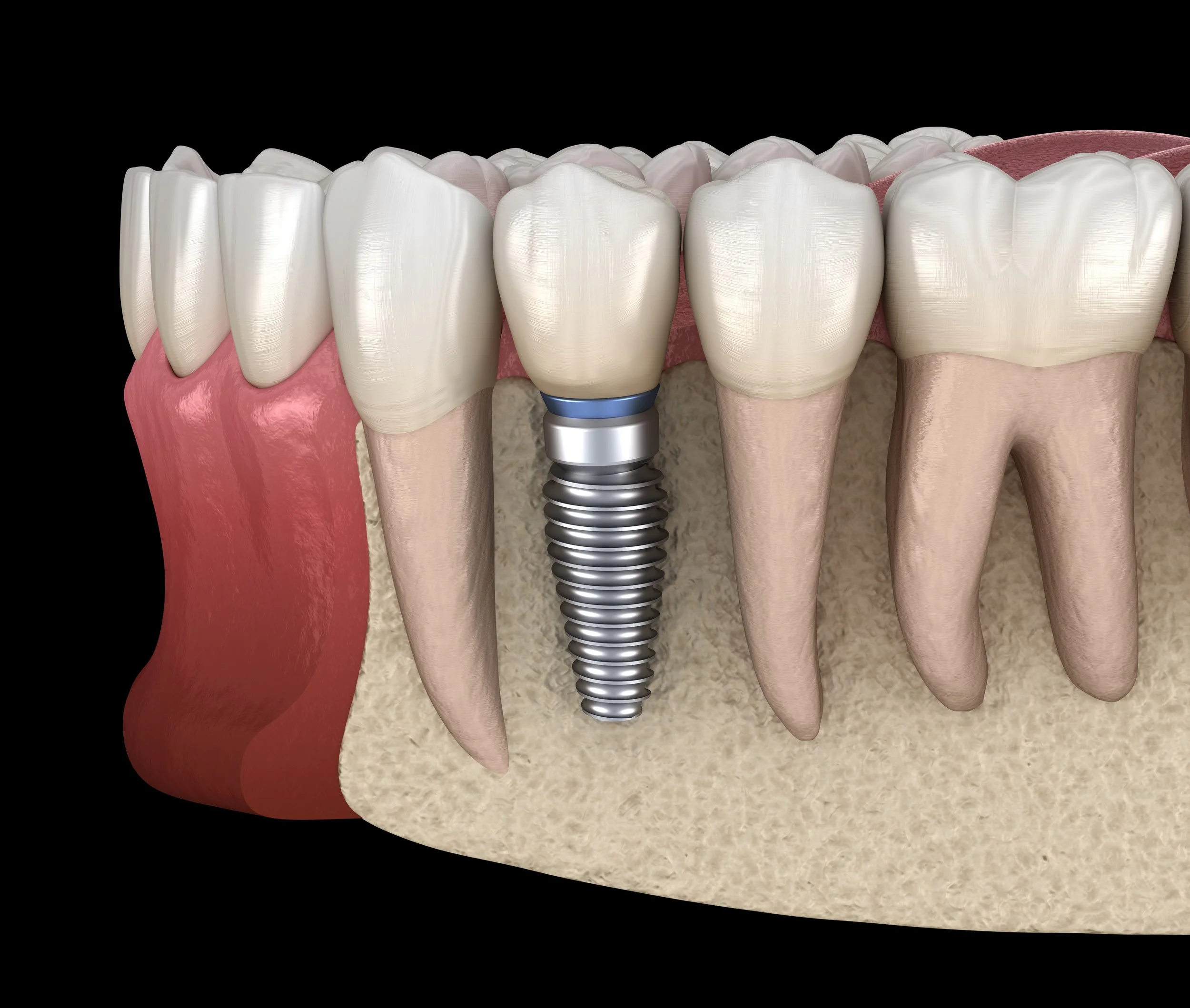
Implants
BONES REGENERATION / SINUS LIFT
Implants
At SMITA we provide our patients top-quality dental implants: Straumann® is recognized as the number one provider of premium dental implants worldwide.
With a remarkable success rate of up to 99%, our implantology procedures offer an outstanding biocompatibility and excellent life-time solutions for missing teeth.
Under the expertise of our skilled surgeon, Dr. Pablo Altuna, we prioritize minimally invasive and conservative techniques, ensuring that the implant procedures are both easy to overcome and promote faster healing.
FAQ
-
Dental implants are artificial tooth roots made of titanium that are surgically placed into the jawbone to support replacement teeth. They provide a strong foundation for fixed or removable teeth that are designed to match your natural teeth, allowing you to restore your smile, improve chewing ability, and maintain facial structure.
-
Dental implants are designed to be a long-term solution for missing teeth. With proper care and maintenance, they have the potential to last a lifetime. However, the longevity of dental implants can vary depending on factors such as oral hygiene practices, general health, and the position of the implants in the mouth.
-
Every surgical procedure is performed under anesthesia which makes it pain-free. Later on you might feel some discomfort, swelling or some pain, depending on the complexity of the procedure. Post-surgical medication helps to reduce these symptoms.
Bone Regeneration
Dental bone regeneration is a specialized dental procedure that aims to restore lost bone tissue and stimulate the growth of new bone in the jaw.
The procedure involves placing bone graft materials into the affected area, which then encourages the body to regenerate new bone.
Dental bone regeneration is a crucial technique in implant dentistry, as it helps provide a stable foundation for dental implants to be placed.
FAQ
-
It may vary depending on the extent of bone loss, overall oral health, and the type of bone graft used. On average, it usually takes between 3 to 12 months for the new bone to fully develop.
-
It is generally not a painful procedure, performed under local anesthesia, ensuring that you won't feel any pain during the process. After the procedure, some discomfort, swelling, or bruising may occur, but your dentist will provide appropriate pain medication and post-operative care instructions to manage any discomfort effectively.
-
Dental bone regeneration is a safe and commonly performed procedure. However, like any surgical procedure, there are potential risks and complications. These can include infection or graft failure. It is essential to follow post-surgical instructions carefully to minimize the chances of complications.
Sinus Lift
A sinus lift is a common procedure performed to increase the bone density in the upper jaw, particularly in the area of the premolars and molars. It is necessary when there is insufficient bone height to support dental implants. During a sinus lift, a small incision is made in the gum tissue, allowing access to the underlying bone. The sinus membrane is then gently lifted, creating a space where bone graft material can be inserted. Over time, this graft material fuses with the existing bone, providing a solid foundation for future implant placement.
FAQ
-
A sinus lift is performed under local anesthesia, ensuring a pain-free procedure. Patients may experience some discomfort, swelling or pain following the surgery, but this can generally be managed with prescribed medication.
-
The recovery time for a sinus lift varies, but usually a healing period of about 4-6 months. During this time, it is important to follow the post-operative instructions, including proper oral hygiene and avoidance of strenuous activities.
-
Complications are relatively rare. Some potential risks include infection, bleeding, sinus membrane perforation, or failure of the bone graft to integrate successfully. To mitigate these risks, it is crucial to choose an experienced and skilled dental professional who can perform the procedure with care and precision.




